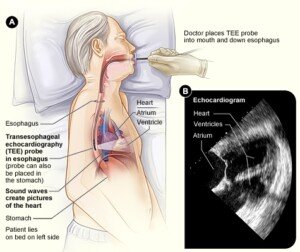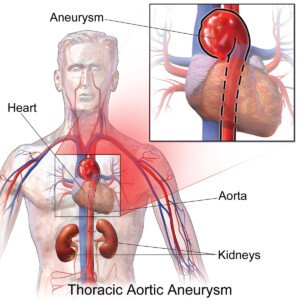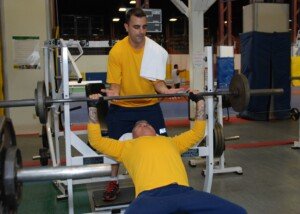A cardiologist gives imaging information about following an aortic aneurysm.
If you’ve been diagnosed with an aortic aneurysm, perhaps you’ve been wondering what is the most accurate imaging tool for which to “follow” it.
Whether your aortic aneurysm was picked up by a CT scan, echocardiogram or MRI, you’ve most likely been told by your doctor that serial imaging is in order (depending on size of the dilatation).
As for which imaging modality is best for serial following, the answer varies from one medical journal to the next.
“The most important factor is that at any particular institution where the patient is being followed with serial imaging, then one single modality (MRI, CT or echo) should be used for serial measurements,” explains Renee P. Bullock-Palmer, MD, a board certified cardiologist based in NJ.
If at all possible, make sure that the technician who is conducting the test is the same person every time.
Dr. Bullock-Palmer continues, “That being said, especially for younger patients where there is the associated risk of repeated radiation exposure, then a non-radiation type test is preferred, and thus MRI or TEE would be better than CT.”
TEE stands for transesophageal echocardiogram.

Transesophageal Echocardiogram
“TEE being more invasive in that this procedure is performed similar to an endoscopy, then MRI would be the preferred modality for serial imaging, particularly in the younger patient.”
If your aortic aneurysm was first detected by a CT or CAT scan, it’s important to have another, immediate scan via either MRI or TEE.
The reason is that sometimes, the interpretation of a CT reading is overestimated.
This happens when the slice of the aorta is done at an angle, or obliquely, rather than head-on, or, to put it another way, perpendicular to the curvature of the vessel, or to the linear dimension, in the case of the abdominal aorta.
If you’re having trouble visualizing this, then take a hand mirror that’s circular.
Catch the sun in it and cast the reflection of the sun on the wall. Move the mirror about and you can manipulate the shape of the reflection.
Angle the mirror in certain ways, and the reflection becomes more oval-like. Get a more head-on reflection and the shape is a circle.
The elongated reflection is akin to an overestimated reading of aortic diameter. An MRI or TEE will be more accurate as to true diameter.
The reading from a standard echocardiogram can also be overestimated, in that the interpreter may tack on one or two millimeters and conclude that the aortic aneurysm has “grown,” when in fact, it might still be the same size as it was the last time it was imaged.
Some people are afraid of MRIs, but remember, at least with an MRI, you will not be exposed to radiation.
MRI is highly sensitive, and the loud knocking noises, and length of test, are worth the more accurate reading of aortic aneurysm diameter.
Dr. Bullock-Palmer specializes in and has a passion for cardiac imaging as well as cardiovascular health of women.
 Lorra Garrick has been covering medical, fitness and cybersecurity topics for many years, having written thousands of articles for print magazines and websites, including as a ghostwriter. She’s also a former ACE-certified personal trainer.
Lorra Garrick has been covering medical, fitness and cybersecurity topics for many years, having written thousands of articles for print magazines and websites, including as a ghostwriter. She’s also a former ACE-certified personal trainer.
.











































